The Buckeye defense essentially saved the day against Maryland because they consistently made plays when plays needed to be made. Despite this, the defensive performance wasn’t exactly perfect. Let’s take a look at the good and the bad from Ohio State’s defense against Maryland.
Ohio State played very well against the pass on Saturday. I hardly ever cite stats because they never tell the full story and can be very misleading. However, I think it’s worth noting that, against Ohio State, Taulia Tagovailoa had his season low in passing yards (196 yards) and his season low completion percentage (51.2%). Furthermore, many of Maryland’s successful plays through the air were contested catches against good coverage; very rarely did they find wide open receivers. I think some of this can be attributed to the way Jim Knowles mixed up coverages and used disguise throughout the day.
Naturally, Knowles did call for Cover 1 Rat a few times:
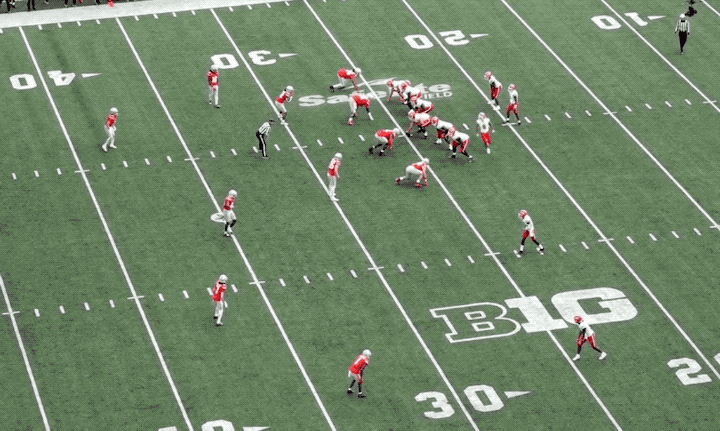
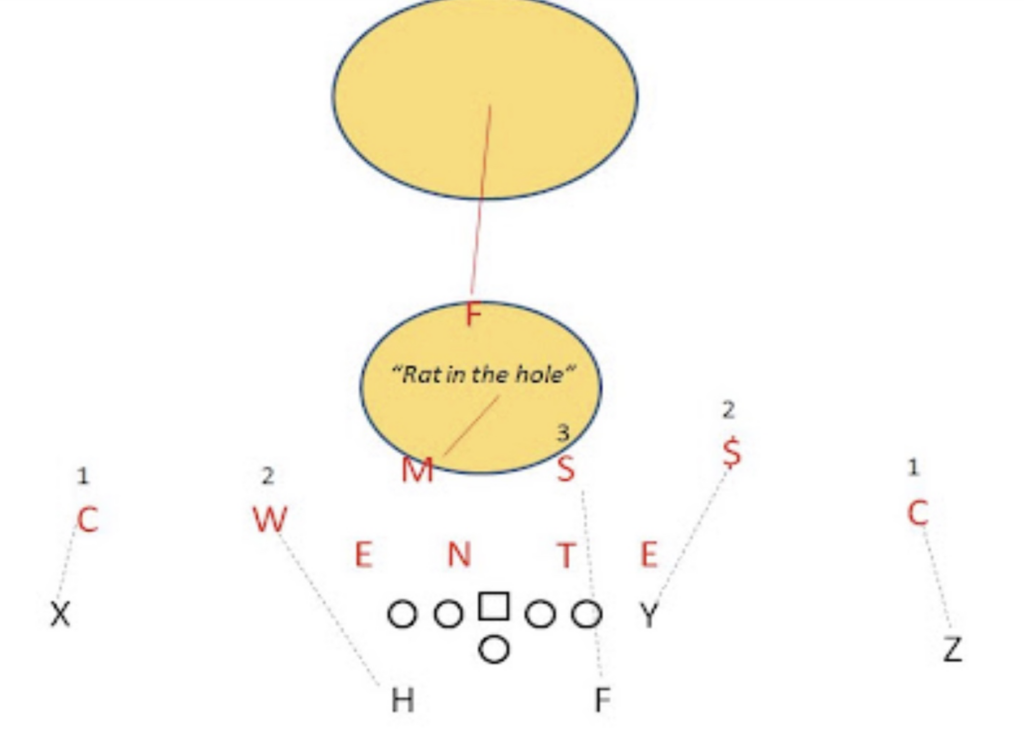
However, Knowles also used a fair amount of Cover 1 Robber coverage. Cover 1 Robber is essentially the same as Cover 1 Rat except, instead of having a linebacker in the low hole reading the quarterback’s eyes, one of the safeties will roll down to the low hole. As a result, one of the linebackers will be in man coverage on either a tight end or a slot receiver. See an example of this in the following clip – Ohio State starts in a 2-high safety look before boundary safety Lathan Ransom rolls down to the low hole, and Mike linebacker Tommy Eichenberg is in man coverage on the tight end:
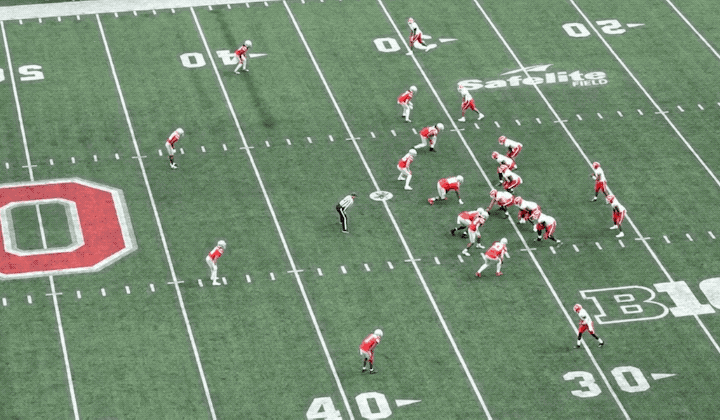
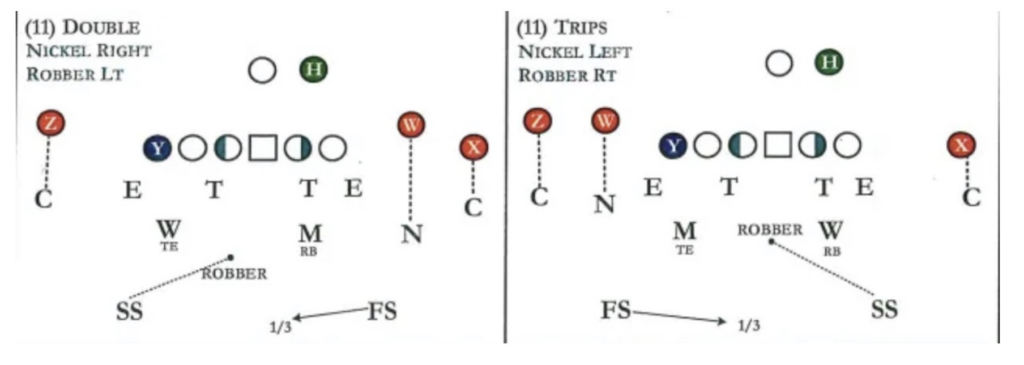
While Knowles did not call for any Match-3 on Saturday, he did go back to calling for Cover 3 Buzz on a few occasions, such as on the play where J.T. Tuimoloau got home for the sack:
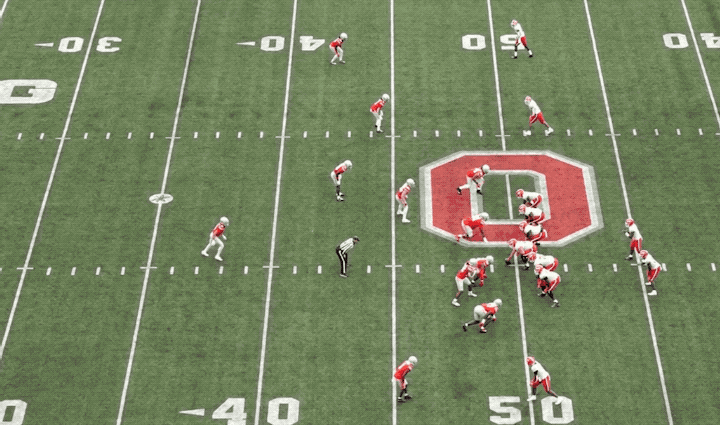
Note how Steele Chambers drops out to the curl-flat zone while Ransom rolls down to the hook zone.
As usual, Ohio State played some Tampa-2 in coverage as well. For example, on the Josh Proctor pick-6, Knowles disguised Tampa-2 by running it out of a double A-gap mug front:
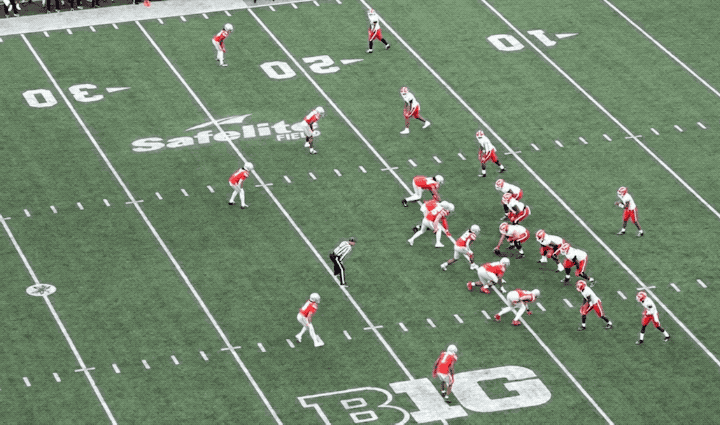
In addition to Tampa-2, Knowles also called for some regular Cover 2 throughout the game, which was something I hadn’t previously seen from him since he got to Ohio State. See an example below:
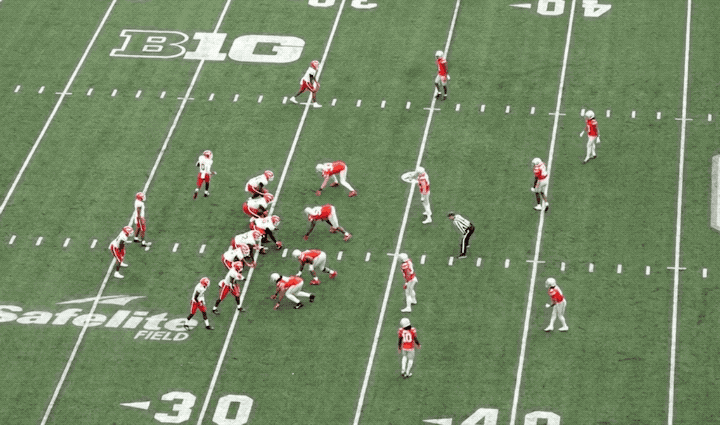
The obvious difference between Tampa-2 and regular Cover 2 is that Tampa-2 has a player drop deep into the high hole. See the difference below in the following diagrams:
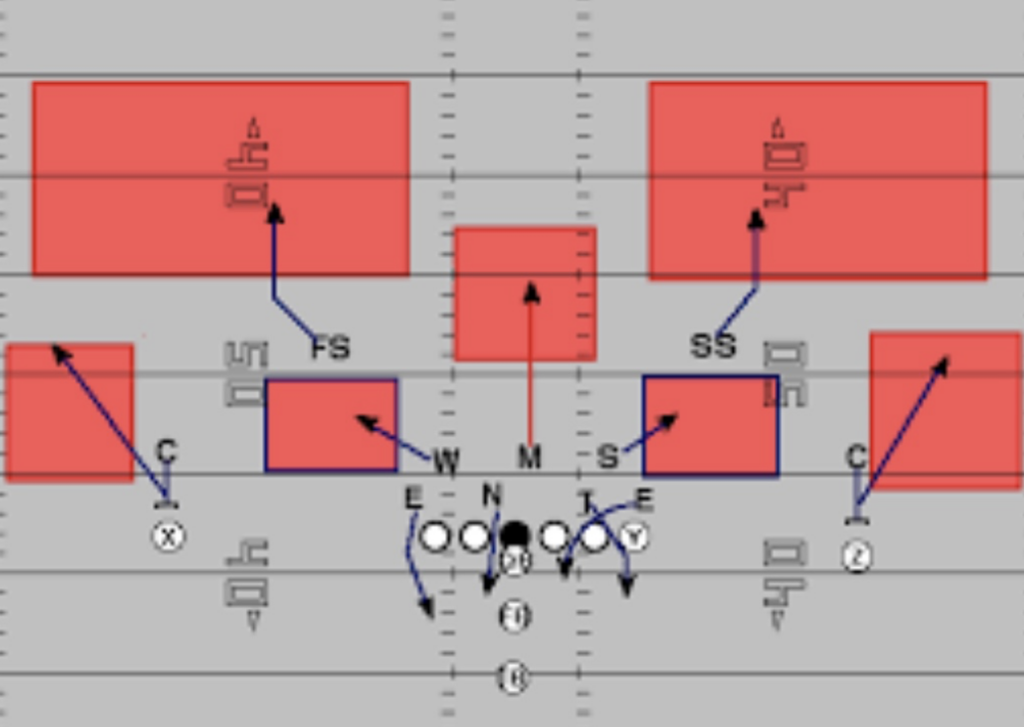
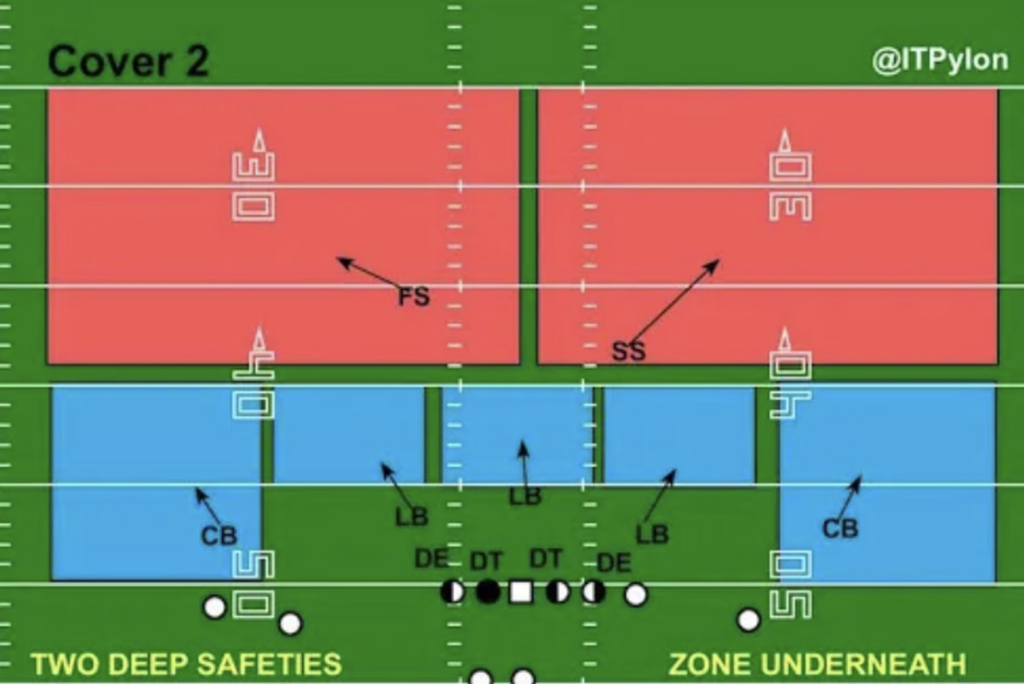
Furthermore, Knowles continued his trend of incorporating more quarters coverage schemes this season. Below, for example, you’ll see Ohio State in Cover 4:
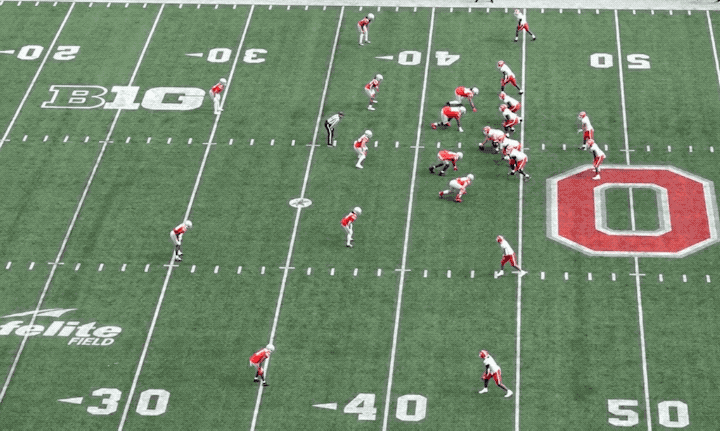
Additionally, Knowles once again decided to call for some Cover 6 (quarter-quarter-half coverage), meaning one side of the field is playing Cover 4 while the other side of the field is playing Cover 2. See an example of this below – Ohio State is playing Cover 2 to the boundary (top of the screen) and Cover 4 to the field (bottom of the screen):
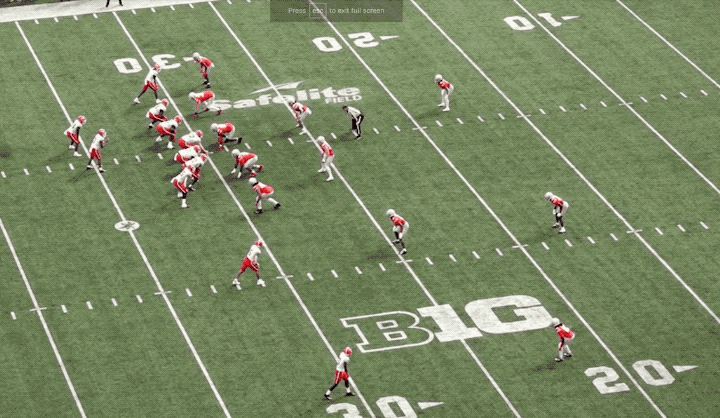
I also think it is worth pointing out how well Ohio State defended Maryland’s Zone Slide RPO play all day. A Zone Slide RPO looks like Split Zone at first, but the tight end continues out into the flat as a target for the quarterback. In the following clip, note how Tuimoloau tackles the dive, Eichenberg scrapes over the top for the quarterback, and Proctor picks up the tight end sliding into the flat. As a result, the quarterback had no choice but to throw the ball into the dirt:
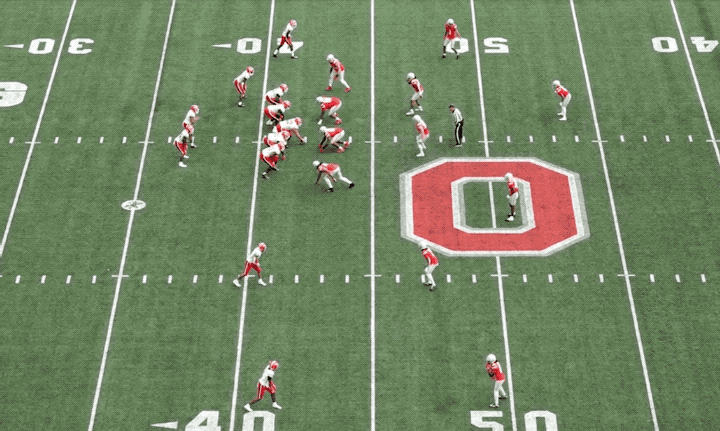
The run defense was inconsistent on Saturday. While they made a lot of big plays in key moments, there were also times where Maryland was able to gain solid chunk plays on the ground.
Below, for example, Ohio State gives up a solid gain against Maryland’s GT Counter Bash play:
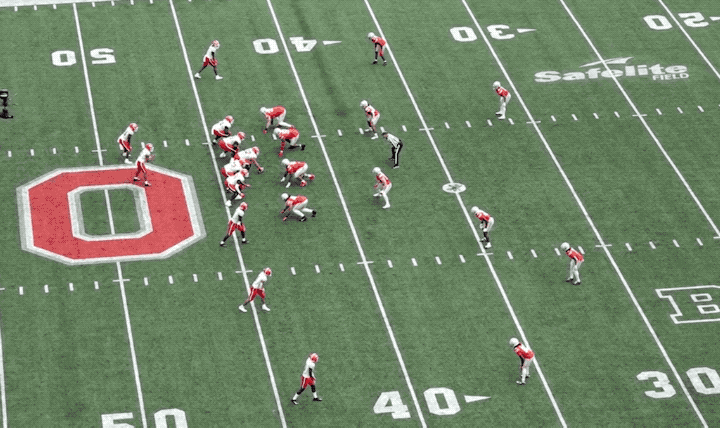
And in the following clip, Maryland runs a GT Counter RPO, but Ohio State called for a KNOB stunt (Nose Tackle to the B-gap), which results in a huge hole:
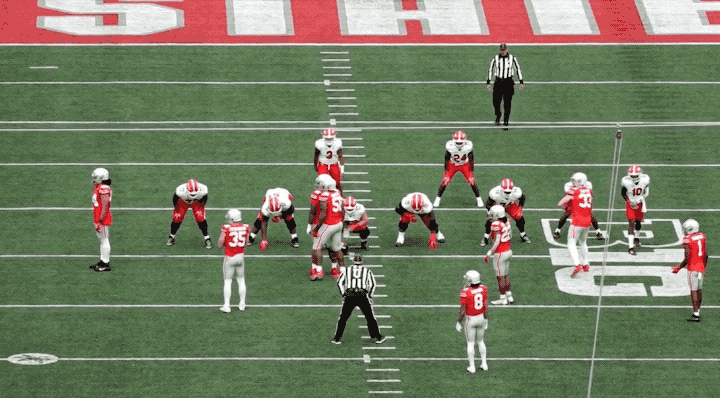
The run defense got much better as the game went on, however. Below, Maryland runs Insert (a play Ohio State struggled with quite a bit against Notre Dame), but Cody Simon does a great job taking on the inserter’s block and making the tackle:
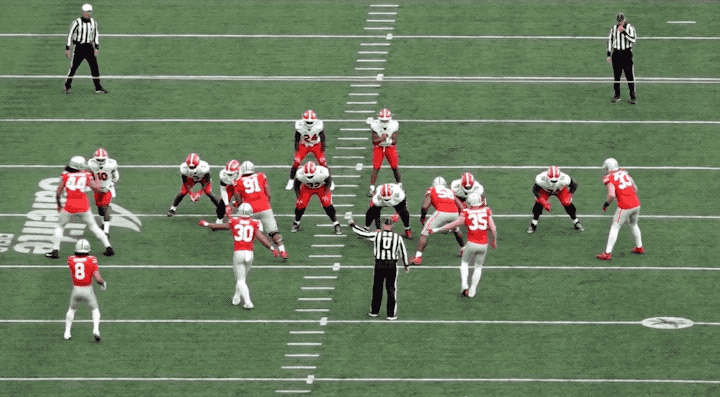
Then in this next clip, Jack Sawyer does a solid job spilling the pulling tackle’s block against GT Counter, and Josh Proctor is right there to make the stop:
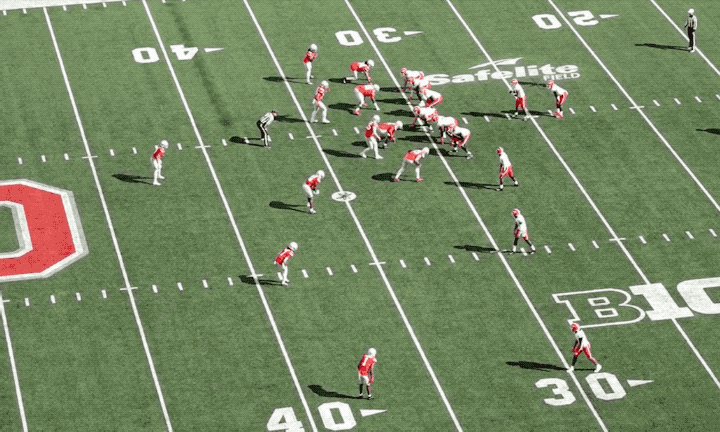
Finally, Maryland tried a Power Pop Pass in the second half after getting a big gain from this play in the first half. However, this time, Tyleik Williams fights over top of the center’s down block and makes the stop for a short gain:
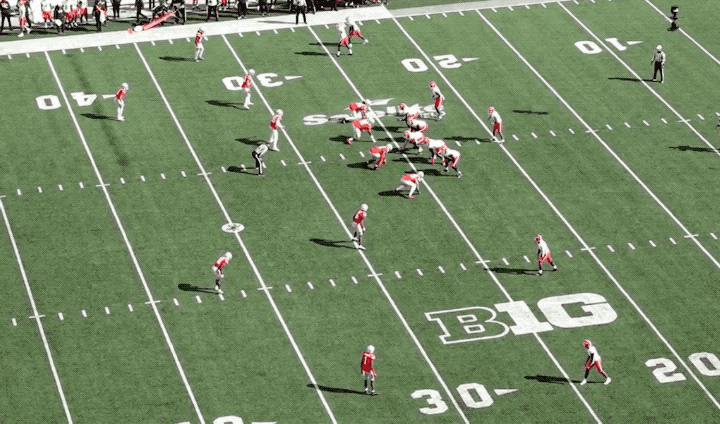
There is still room for improvement against the run. Ohio State has made a lot of big stops in short yardage situations this season, and they have not allowed any home run plays on the ground, but they have also allowed quite a few solid gains. Against the pass, however, Ohio State continues to look much improved and rather impressive.

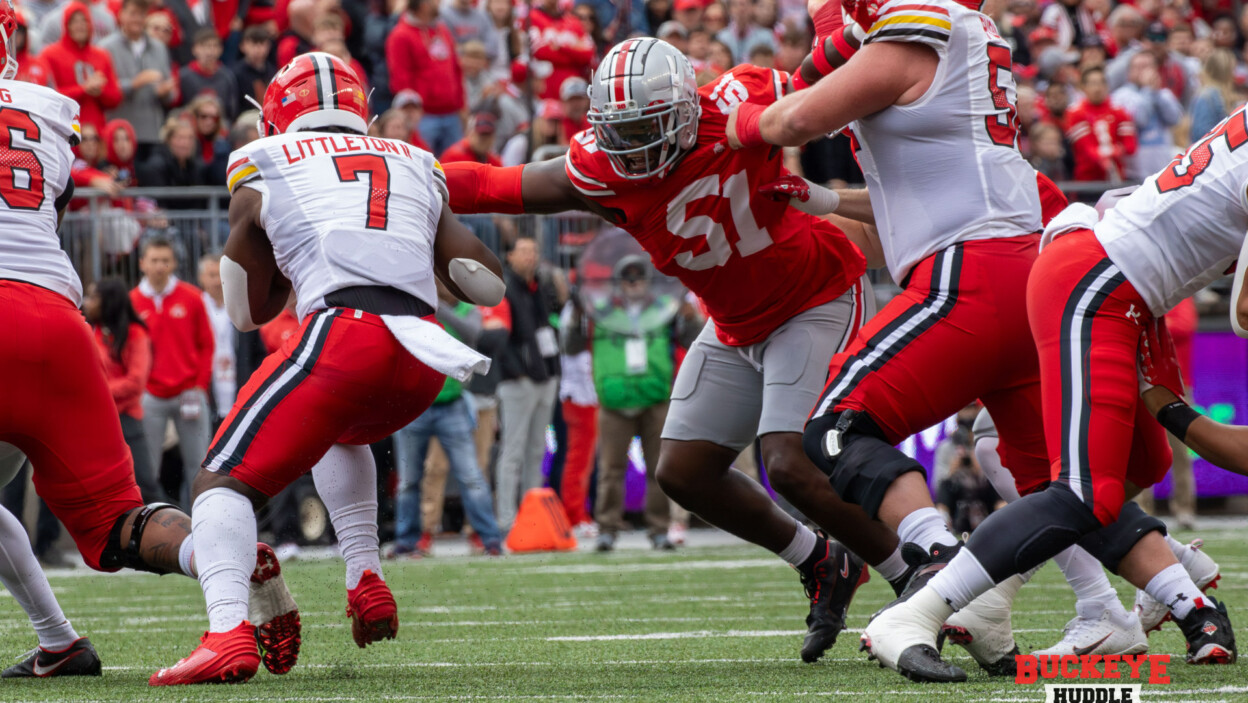
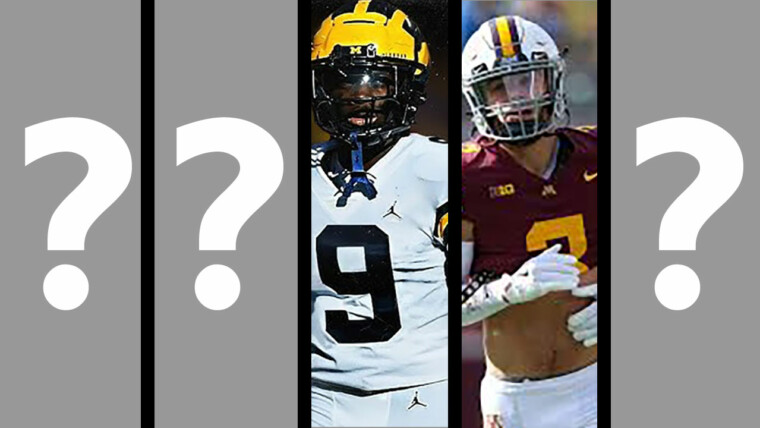
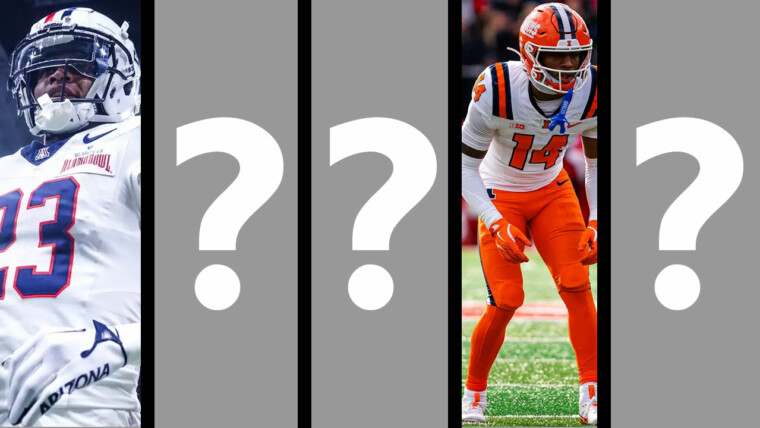
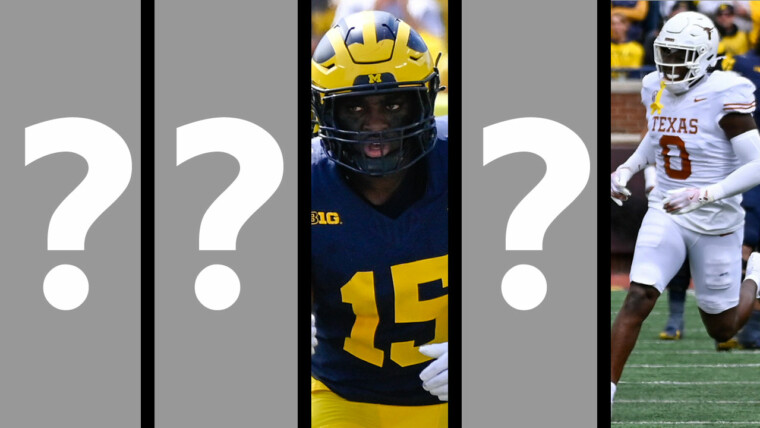
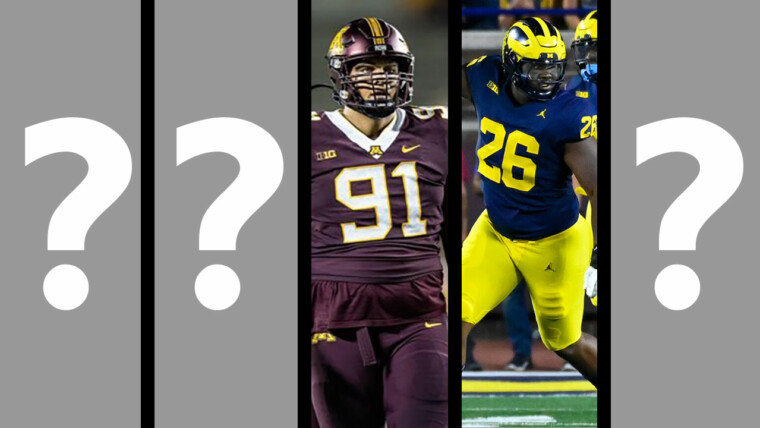
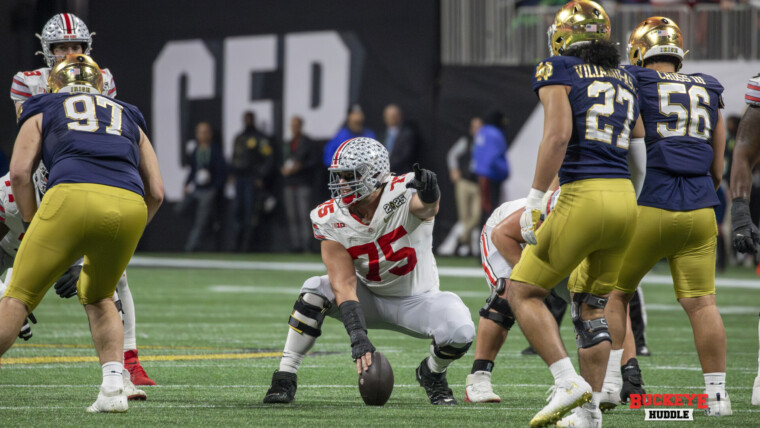
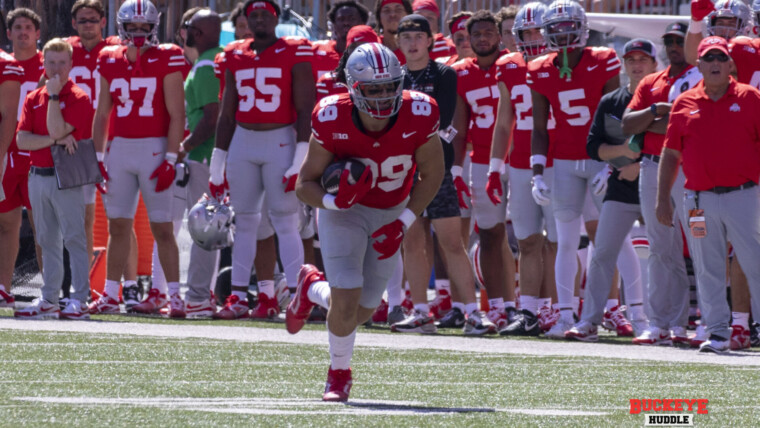
Ranking Ohio State’s 2025 Playmakers: No. 8 – WR Bryson Rodgers
Steve Sarkisian: ‘We Want To Go Avenge The loss’ To Ohio State
Strength in the Stars: Ohio State’s 2025 Tight End Room Through the Lens of the Chinese Zodiac
Ranking Ohio State’s 2025 Playmakers: No. 9 RB Bo Jackson
The Impact: Ohio State lands key commitment from cornerback Jordan Thomas
The Impact: Kayden Dixon-Wyatt is latest prototype receiver to commit to Ohio State